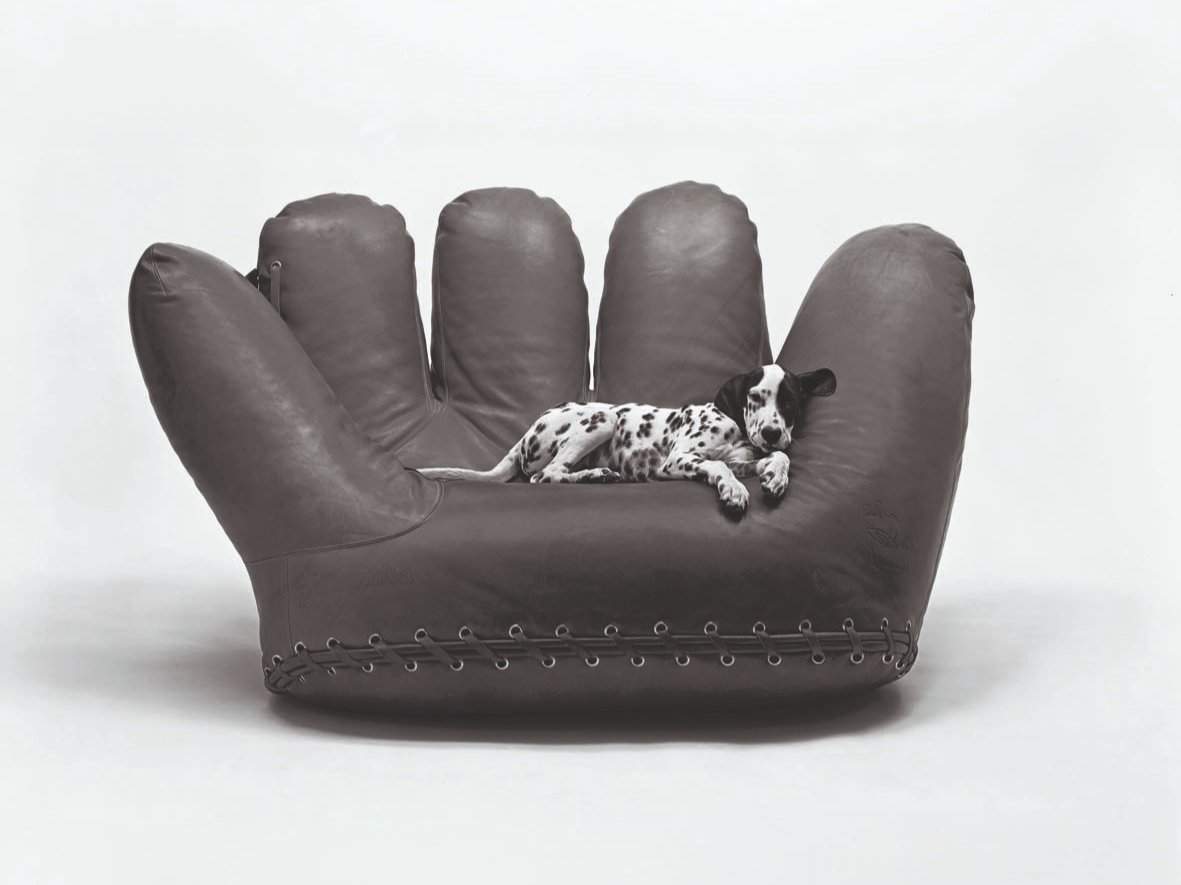An exhibition in Milan on Italian design according to Studio Ballo
From June 14 to November 3, 2024, Milan ’s Castello Sforzesco presents the exhibition "Ballo&Ballo. Photography and Design in Milan, 1956-2005, " produced by Comune di Milano - Cultura, Castello Sforzesco and Silvana Editoriale; the exhibition is supported by Strategia Fotografia 2023, a public notice promoted by the General Directorate for Contemporary Creativity of the Ministry of Culture. In 2022 Marirosa Toscani Ballo donated the archive of Studio Ballo+Ballo, the outcome of a lifetime’s work with her husband Aldo Ballo, to the Civic Photographic Archive of the City of Milan. The itinerary includes more than a hundred photographs from the Ballo+Ballo studio, some design objects, on loan from the ADI Design Museum and the Castello Sforzesco’s Collections of Applied Art, and some original objects that belonged to the two photographers, as well as vintage magazines with which the Ballos collaborated and volumes containing their photographs. Thanks to Studio Azzurro’s video installations, which dialogue with the photos and objects on display in the Sala Viscontea, everything that is memory and could not be archived becomes present and tangible, making accessible moments processes of a concluded era, that of analog photography.
Studio Ballo then becomes a place of confrontation between artists, architects, and designers such as, among many others, Bruno Munari, Gae Aulenti, Cini Boeri, Ettore Sottsass, Pier Giacomo and Achille Castiglioni, Enzo Mari, Alessandro Mendini, and many others. The Ballo will collaborate with them and with leading design firms such as Olivetti, Cassina, Danese, Zanotta, Brionvega, Alessi, Arflex, Bassetti, Barilla, Kartell, Artemide, Tecno, Driade, Borsalino, B&B Italia, Venini, and with La Rinascente. Aldo and Marirosa’s images are also in major design and furniture magazines, such as “Domus,” “Ottagono,” “Abitare,” and in particular “Casa Vogue,” edited by Isa Tutino Vercelloni, who collaborated with the Ballos from 1968 to 1992. The Studio thus stands at the center of the cultural ferments and dynamics that characterize the evolution of Italian design, contributing in a decisive way, with their images, to its affirmation at the international level, consecrated by the great exhibition held at the MoMA in New York in 1972, Italy: The New Domestic Landscape (curated by Emilio Ambasz), whose images in the catalog are entrusted to Aldo Ballo. Studio Azzurro’s installations dialogue in the exhibition with original materials displayed on the bulletin board to better understand Ballo’s relationship with publishing in the fields of architecture and design and to understand the various articulations of the photographic “process”: from the specimen to the positive print, to the magazine page. Also on display are large portraits of important designers, in dialogue with photographs of the objects they designed, and a significant tribute to some of the portraits made by Marirosa. The great “tale” about Studio Ballo is then completed by the video portraits made over the years by Studio Azzurro, where many of the protagonists of Italian design and art pass the baton in a six-screen synchronized montage, creating a choral narrative that fully restores what the Ballo family has represented, and left behind, to the world not only of design, but of all culture. The exhibition is accompanied by a bilingual, Italian-English catalog with scientific apparatus, essays and images, published by Silvana Editoriale.
Notes on the artists
Aldo Ballo (Sciacca, 1928 - Milan, 1994) and Marirosa Toscani (Milan, 1931-2023) began their activity as photographers in the early 1950s. Marirosa attended the Liceo Artistico di Brera but since 1949 she was a photojournalist and worked for her father, Fedele Toscani (1909-1983), a collaborator of Vincenzo Carrese and Publifoto, then owner of the Rotofoto agency. Aldo attended the same high school, then the Milan Polytechnic and the Monte Olimpino Studio in Como, founded by Marcello Piccardo and Bruno Munari and dedicated to film experimentation. He also worked for Rotofoto, but in 1956, with Marirosa, he abandoned reportage and opened what would become the most important photographic studio for design photography, where organization, professionalism and expertise would lead the Ballo family to reach levels of absolute excellence. The studio will also be a place of training and cultural growth for many, a “workshop” and “school” where they will learn a craft but also a way and style of life and thinking.
 |
| An exhibition in Milan on Italian design according to Studio Ballo |
Warning: the translation into English of the original Italian article was created using automatic tools. We undertake to review all articles, but we do not guarantee the total absence of inaccuracies in the translation due to the program. You can find the original by clicking on the ITA button. If you find any mistake,please contact us.




























